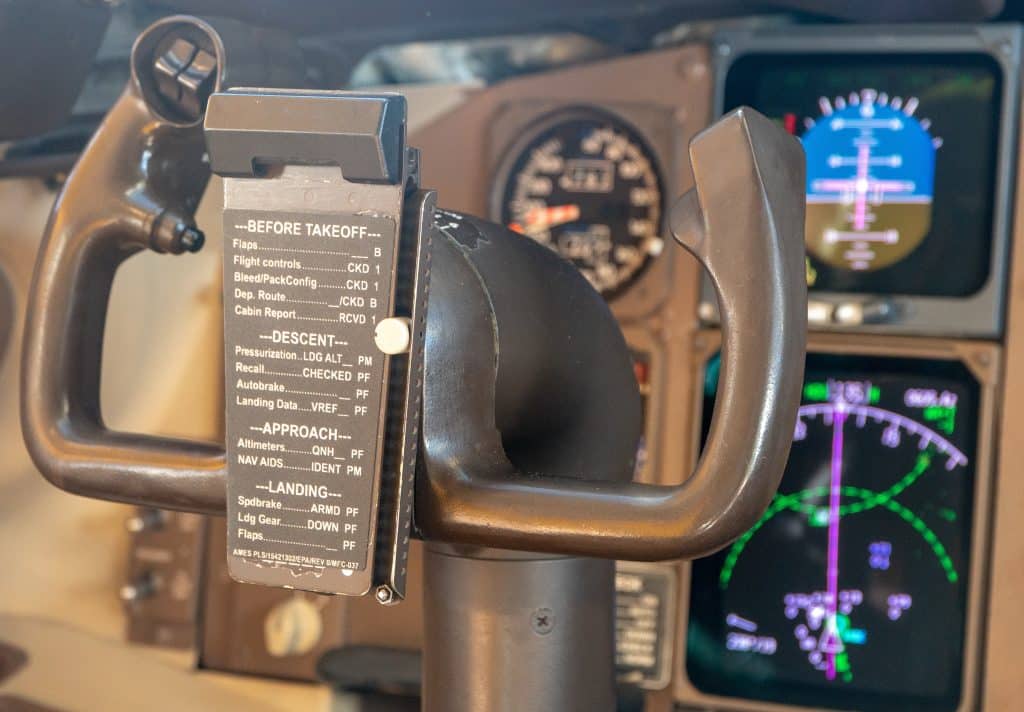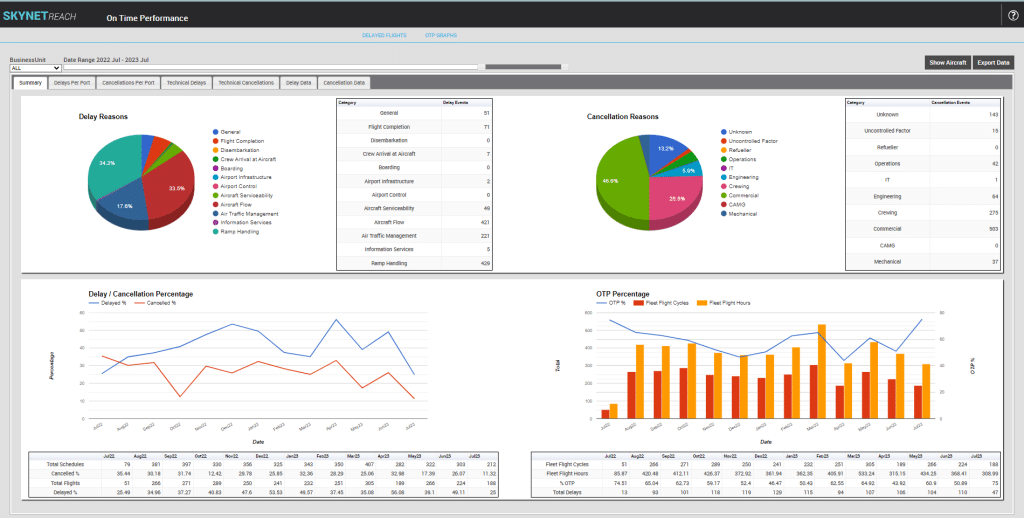When you think of safety, what comes to mind? For many, it’s the classic image of someone holding a clipboard, glasses perched halfway down their nose pointing to statistics. Over the years attempts have been made to make safety somewhat appealing. I think we all know what I am talking about here.. and have all seen the ‘dynamic’ newsletters with bold banners and striped safety tape, highlighting recent incidents to grab readers’ attention.
Whether it’s the person with the clipboard or the bright, bold approach, safety in aviation is here to stay. A non-negotiable, as it’s the cornerstone of everything we do. If we’re not safe, we don’t fly. It’s as simple as that.

How well your SMS is working for your business?
Is it driving operational efficiency or is it hindering it?
When you submit a safety report or occurrence report from your OCC, do you receive follow-up on the outcomes or actions taken as a result of your report? Do you see changes to policy and/or SOP as a result? A robust safety management system (SMS) ensures that every report is acknowledged, investigated, and acted upon. This feedback loop is essential for maintaining a proactive safety culture.
However, there have been cases where the objective of accurate reporting has become muddled, shifting from addressing and improving issues to finger-pointing and attributing blame, or using safety as an excuse for inefficient solutions. Safety and safety systems have found themselves with a bad name as a result. However if harnessed correctly can be used as an invaluable tool to drive improvement and gain a competitive edge.
A change brought about by a safety occurrence should ripple through the entire business, driving overall improvement, and staff need to know that their reports lead to tangible changes. This not only fosters a culture of continuous improvement but also reinforces the importance of safety reporting. Whether it’s a minor tweak in a procedure or a major overhaul of a system, every change should aim to make the business safer and more efficient.
What does safety “cost”?
What is the safety culture like in your OCC? Is it a just culture where individuals feel safe to report issues without fear of ostracism? Or do some use safety reports as a means to complain about other departments? A healthy safety culture encourages honest reporting and views each report as an opportunity to improve, rather than a tool for blame.

The overall vibe towards safety in your OCC is telling. Is safety seen as a core value, or just another box to tick? An effective SMS integrates safety into every aspect of the operation, making it a natural part of the workflow, rather than an afterthought.
Safety does come with a cost, but where is the line between being overly cautious and cost-prohibitive? It’s important to know the boundaries. A safety system that is too rigid can stifle operations and lead to inefficiencies, while one that is too lax can compromise safety. Striking the right balance ensures that safety measures are effective without draining resources.
Safety doesn’t need to be a dirty word. A well-designed SMS can enhance safety while also driving operational efficiency. The goal is not just to fly safely, but to do so in a way that supports the success of the business.




